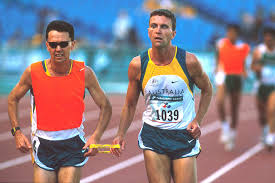Factors involved in the process of swimming activity:
– The formation of the instructor and experience in dealing with disabled children.
As noted Barzola et (2005) and Rivers (2003), adequate teacher training and their previous experience as a teacher in the field of disability condition the fact that a child is integrated / included in the class. The process of integration / inclusion will depend largely teacher.
– Guidelines teaching guidelines..
strategies taking instructor for the student with SD is integrated / inclusive (Rivers, 2003) is named ‘didactic The guidelines that the monitor has to consider in the swimming activity are:. The explanations offered to students methodological adaptations, the material, the objectives in each class and type of activity
– Perceptions and attitudes integration / inclusion.
In general, the agents show a perception and a positive attitude towards integration / inclusion of these children. However, some of them offer a negative perception of the possibility of integrate you or include you in a class like this. This is due to the limited ability of the student with SD of relating to others. As manifested by the agents, we may say that students with SD is part of the activity and the group where the activities are developed in a playful context
-The swimming as an activity of integration / inclusion
In general, the agents believe that the Swimming can be an activity to integrate students with SD, despite being an individual sport. In addition, practice has many advantages and benefits (Menendez and Torres, 2008; Jardí, 2002 Orsatti, 1999 Morehouse, 1974).

For more information: http://altorendimiento.com/la-integracioninclusion-de-un-nino-con-sindrome-de-down-en-natacion/




